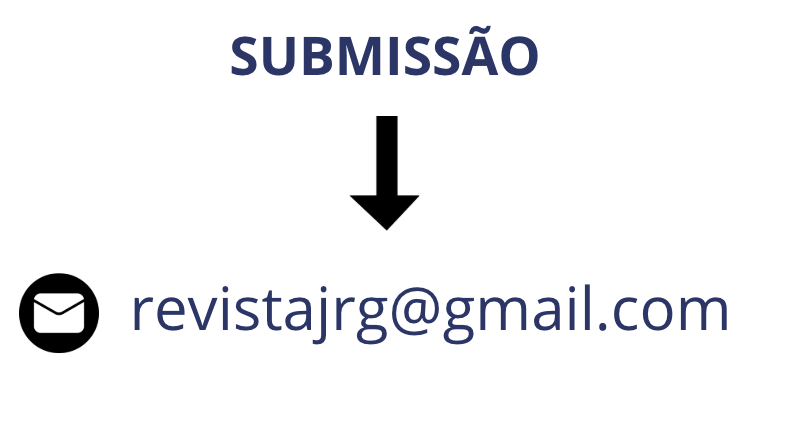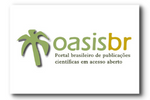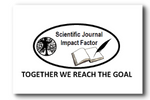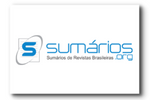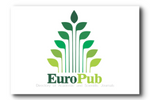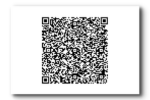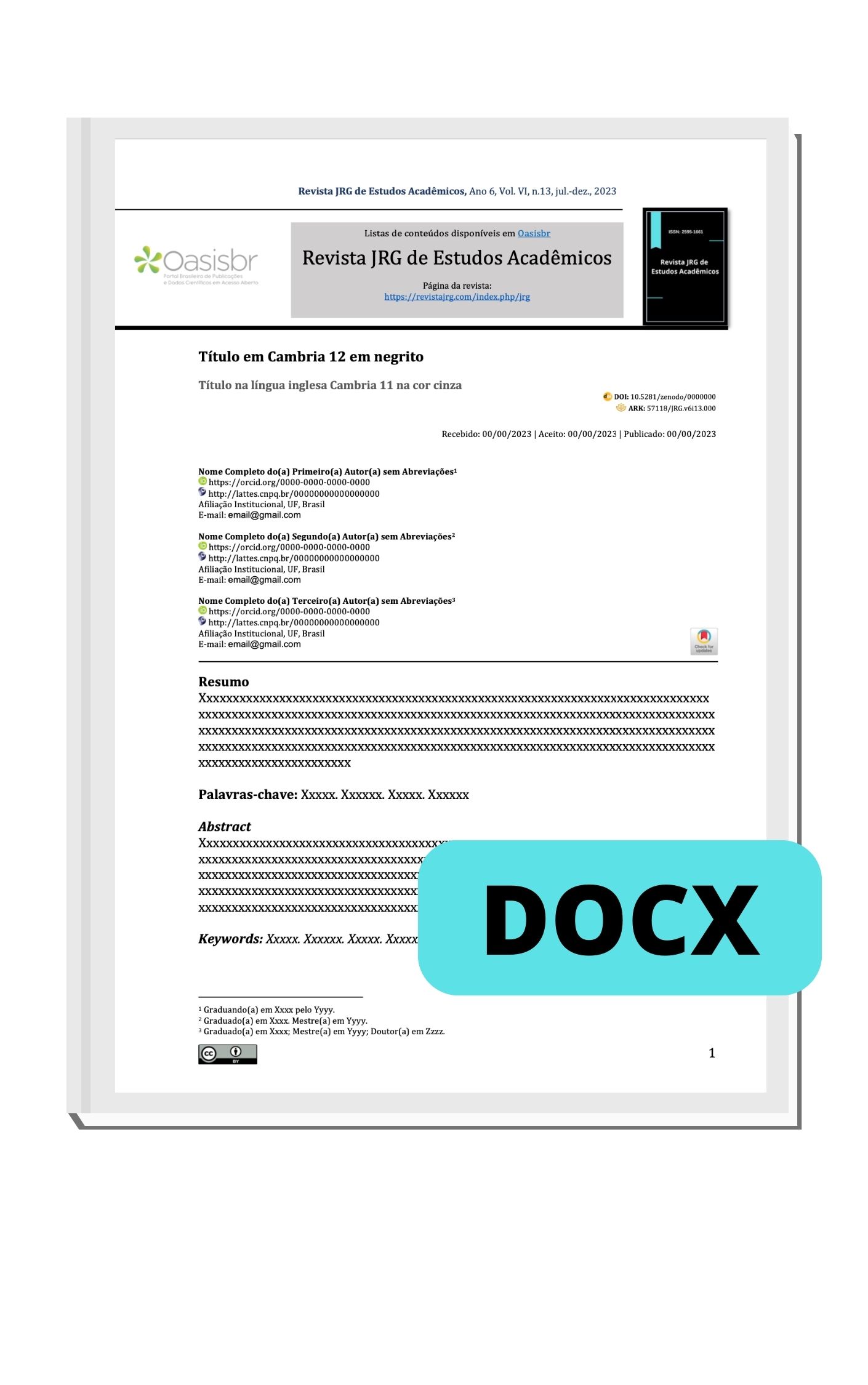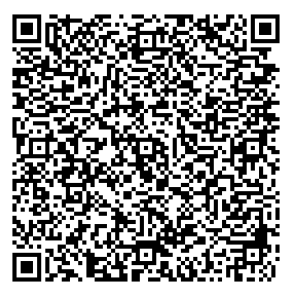Incidence of dengue in the state of Sergipe: trend and spatialization, 2012-2021
DOI:
https://doi.org/10.55892/jrg.v7i14.1146Keywords:
Times series studies, Dengue, Spatial analysisAbstract
Objective: To analyze the spatial correlation and the temporal trend of the dengue incidence rate in the state of Sergipe, Northeast, Brazil from 2012 to 2021. Methodology: Ecological time series study on dengue in the state of Sergipe from 2012 to 2021 The cases were used to calculate the Incidence Rates (TI) and Standardized Incidence Rate (SPI) for dengue. The first was used to generate the maps (LISA Map/Moran's Global and Local Index – IGM and ILM) and the second was used to estimate temporal trends using JoinPoint Regression. Results: Over the 10 years analyzed in this study, 30,099 cases of dengue were reported in the state of Sergipe. The average TPI in Sergipe was 134.38 cases per 100,000 inhabitants (SD=129.84). The temporal trend of dengue TPI in Sergipe was stationary Annual Percentage Variation (APV)=-12.2 (general) -13.4 (female) and -10.5% (male) p>0.05. The analysis of spatial autocorrelation through the Moran Global Index, of dengue IT with the GINI indices, did not show a statistically significant association in any of the analyzed groups: male (I=-0.035, p=0.25), female ( I=-0.004, p=0.47) and general (I=-0.017, p=0.38). Conclusion: This study showed considerable rates of dengue cases in the state of Sergipe over the 10 years. The temporal trend of dengue TPI was stationary in all groups. The spatial analysis did not show a significant correlation by the global estimator (GMI), however, it identified a spatial correlation of dengue ITs with the GINI index of some municipalities in the state.
Downloads
References
AHMAD, O. B.; BOSCHI PINTO, C.; LOPEZ, A. D. Age Standardization of Rates: A New WHO Standard. GPE Discussion Paper Series: No 31, p. 10–12, 1 jan. 2001.
ANTUNES, J. L. F.; CARDOSO, M. R. A. Uso da análise de séries temporais em estudos epidemiológicos. Epidemiologia e Serviços de Saúde, v. 24, p. 565–576, set. 2015.
BATISTA, J. F. C. et al. Epidemiologia da dengue no Brasil e regiões, de 2001 a 2019: estudo ecológico de série temporal. Em: Saúde: Os desafios da pesquisa na atualidade. 1. ed. João Pessoa: Instituto Medeiros de Educação Avançada, 2021. v. 3p. 141–159.
BRASIL. Índice de Gini da renda domiciliar per capita segundo Região, Unidade da Federação e Região Metropolitana, 2010. Disponível em: <http://tabnet.datasus.gov.br/cgi/ibge/censo/cnv/giniuf.def>. Acesso em: 25 jan. 2022
BRASIL. Boletim Epidemiológico Vol 53 No 10 — Português (Brasil). Disponível em: <https://www.gov.br/saude/pt-br/centrais-de-conteudo/publicacoes/boletins/boletins-epidemiologicos/edicoes/2022/boletim_epidemiologico_svs_10.pdf/view>. Acesso em: 17 jun. 2022.
BRASIL; CONSELHO NACIONAL DE SAÚDE. Resolução No 510, de 07 de abril de 2016. Diário Oficial da União. 2016, Sec. 1.
CÂMARA, G. et al. Análise de Dados de Área. Em: Análise Espacial de Dados Geográficos. 1. ed. Brasília: EMBRAPA, 2004. p. 44.
CURTIN, L. R.; KLEIN, R. J. Direct Standardization (Age-Adjusted Death Rates): Healthy People 2000.National Center for Health Statistics, , 1995. Disponível em: <http://doi.apa.org/get-pe-doi.cfm?doi=10.1037/e584012012-001>. Acesso em: 10 jan. 2022
FREITAS, J. R. DE et al. Tendência espaço-temporal do número de casos de dengue em Pernambuco-Brasil. Research, Society and Development, v. 9, n. 7, p. e526974427–e526974427, 25 maio 2020.
G1 SERGIPE. Número de casos de dengue notificados em Sergipe no ano de 2019 supera o de 2018, diz SES. Disponível em: <https://g1.globo.com/se/sergipe/noticia/2019/08/21/numero-de-casos-de-dengue-notificados-em-sergipe-no-ano-de-2019-supera-o-de-2018-diz-ses.ghtml>. Acesso em: 16 jun. 2022.
GUTIÉRREZ, L. A. Data - Dengue cases. Disponível em: <https://www3.paho.org/data/index.php/en/mnu-topics/indicadores-dengue-en/dengue-nacional-en/252-dengue-pais-ano-en.html>. Acesso em: 17 jun. 2022.
GUZMAN, M. G. et al. Dengue infection. Nature Reviews Disease Primers, v. 2, n. 1, p. 1–25, 18 ago. 2016.
INSTITUTO BRASILEIRO DE GEOGRAFIA E ESTATÍSTICA. Projeção da população do Brasil e das Unidades da Federação. Disponível em: <https://www.ibge.gov.br/apps/populacao/projecao/index.html>. Acesso em: 18 out. 2021.
JOHANSEN, I. C. et al. Environmental and demographic determinants of dengue incidence in Brazil. Revista de Salud Pública, v. 20, p. 346–351, jun. 2018.
KIM, H. J. et al. Permutation tests for joinpoint regression with applications to cancer rates. Statistics in Medicine, v. 19, n. 3, p. 335–351, 15 fev. 2000.
PALMEIRA, A. M. DE L. Tendência da incidência de dengue no Distrito Federal no período de 2010 a 2019. Trabalho de Conclusão de Curso (TCC)—Distrito Federal: Universidade de Brasília, Faculdade de Ciências da Saúde, 10 nov. 2021.
SERGIPE. Saúde alerta: 24 municípios sergipanos têm alto risco de epidemia de Dengue. Disponível em: <https://www.se.gov.br//noticias/saude/saude-alerta-24-municipios-sergipanos-tem-alto-risco-de-epidemia-de-dengue>. Acesso em: 16 jun. 2022.
SURVEILLANCE RESEARCH PROGRAM. JoinPoint Regression Program. National Cancer Institute: [s.n.].
WILDER-SMITH, A. et al. Epidemic arboviral diseases: priorities for research and public health. The Lancet Infectious Diseases, v. 17, n. 3, p. e101–e106, 1 mar. 2017.
WORLD HEALTH ORGANIZATION. Dengue: guidelines for diagnosis, treatment, prevention and control, 2009.
WORLD HEALTH ORGANIZATION. Dengue and severe dengue, 2022. Disponível em: <https://www.who.int/news-room/fact-sheets/detail/dengue-and-severe-dengue>. Acesso em: 2 jun. 2022




